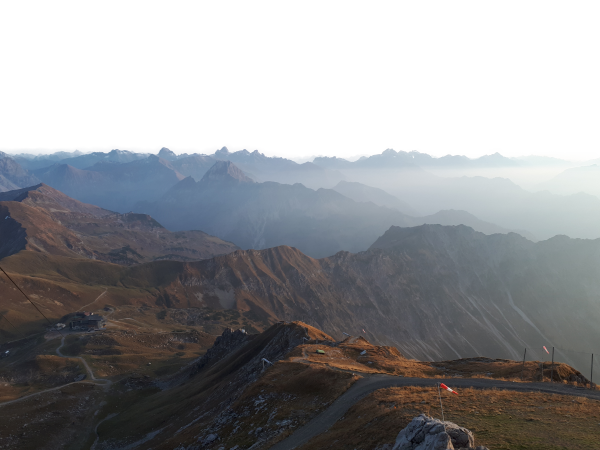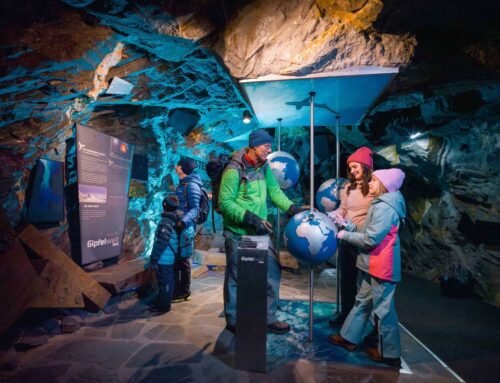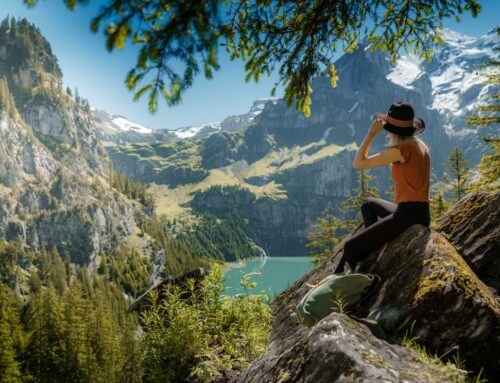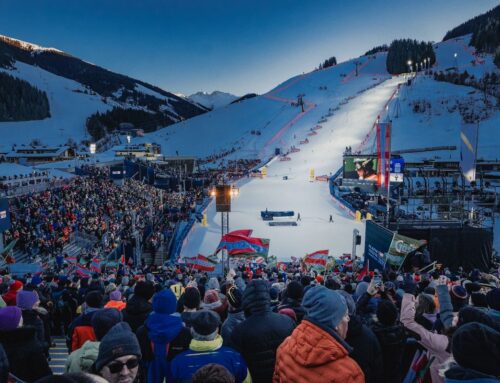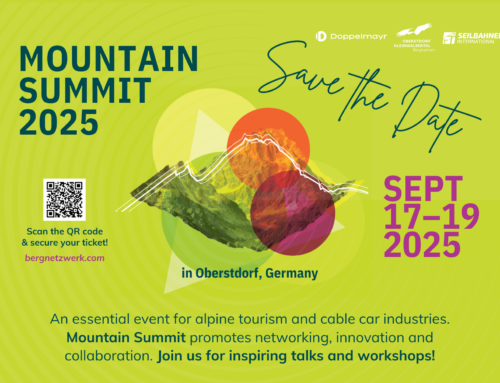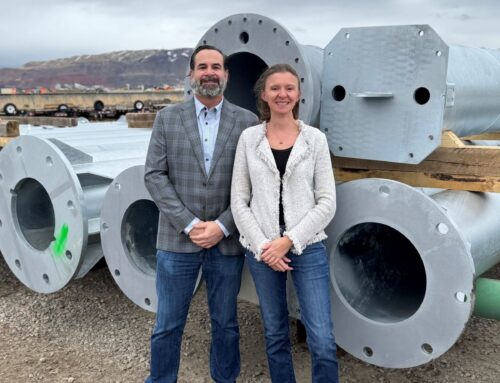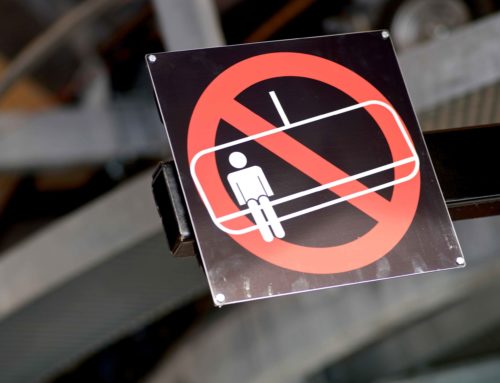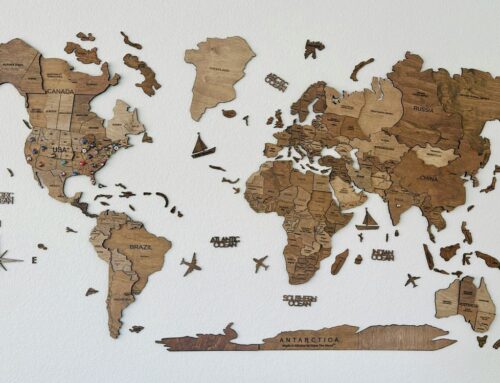
Management & Tourism, SI World 2/2020
Travel and digitalisation – now indivisible!
Only a few years ago, those who backed digital progress were pioneers. Free Wi-Fi was still a crowd-puller and terms such as big data and IoT were even
rarer in the tourist sector. The page has turned: points are now no longer scored simply with a good social media presence or by offering free WLAN.
These things have long since become a matter of course and guests remark negatively only on their absence. Anyone who has not yet jumped on the bandwagon of
digitalisation can now see that the jump has passed them by, as everything is now faster and more individual.
Customers want to take centre stage and to have the feeling that everything is tailored to their wishes. With big data, it is no longer a challenge to fulfil this desire; personalisation has long since gone above and beyond the standardised form letter and it has even reached so-called hyper-status.
By collecting personalised data and behaviour patterns, the holiday offer can be tailored precisely to the guest. If the visitor has been here three times before and always been interested in adventure holidays, then an offer in this vein should also be made now.
“Personalisation is a real distinguishing feature and essential for establishing confidence. In the next five years, companies will pay much greater attention to building confidence through personalisation. To do this, they need to understand exactly what makes their customers tick,” says Taj Samal, Head of Digital Solutions at Royal Bank of Scotland.
The positive effect of customer retention through hyper-personalisation is now also being seen in holiday behaviour after the crisis. The topic of safety in particular plays a major role here. If you feel rooted in or with a destination, you feel safe and will travel to that region more quickly, even during uncertain times.
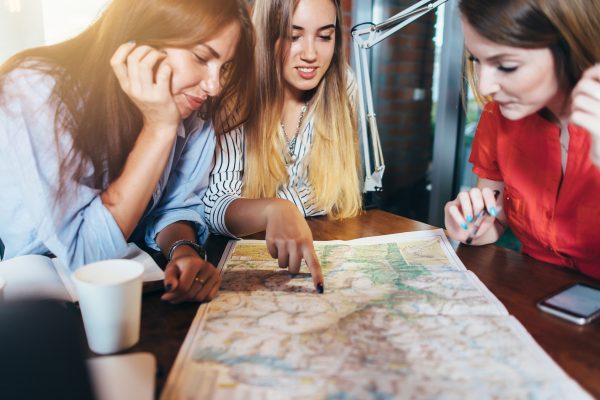
Photo: Fotolia
The 5S principle
Studies reveal that five specific areas are gaining ever greater importance for guests: spectacular landscape, spotless accommodation, safety on location,
safeguarding from risks, and sights in the surrounding area. In all these areas, digitalisation can help either directly or indirectly. Cleanliness on location is easy
to control through internal systems. Pressing a single button can immediately reveal where cleaners are required.
They receive a text message to their mobile phone or a short message on a Smartband (web-enabled wristband), whoever has time or is currently in the vicinity confirms this and everyone concerned is informed. This saves time and considerably shortens the internal chain of communication.
To bring the landscape closer to customers, smart data are used even before they set off. This means targeted use of the big data collected, with a direct action recommendation from the system.
Through Google or social media providers, someone who, through search requests, has just shown an interest in a holiday in Spain is now specifically also shown the beautiful sites of the country. To increase desire even further, possible activities or the best hotels are also displayed.
Digitalisation can be used in many ways and thus make the visitor’s holiday even easier on many levels. Digital provision has long since reached more than just the younger target audience – the older generation also relies on the convenience of digitalisation. If you want to offer your guests the best service, you will long have been unable to do so without digital provision.
Major providers such as hotels have been using this sector for a long time and therefore have their nose ahead right now during the crisis. If the budget is inadequate for the big digital advance, then surveys are recommended, as new guests can also be attracted digitally by a USP.
Whichever strategy is used, the future is digital and anyone who has not yet joined it will already have a difficult start in the race for new guests. tm
Photo: Adobe Stock
